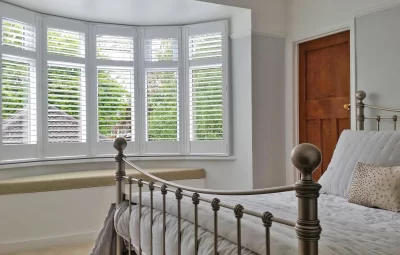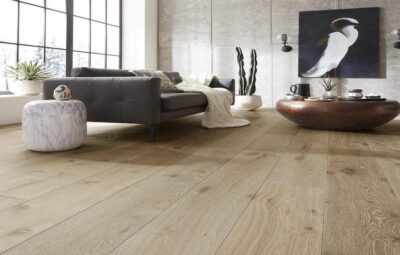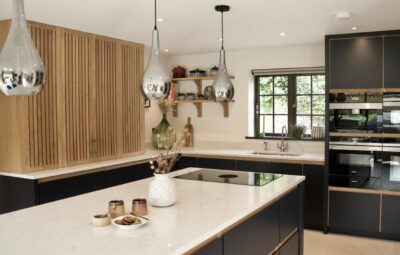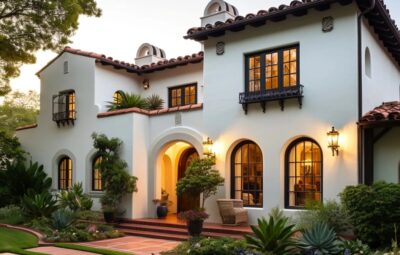When you think of having a lawn in your residential landscapes, there are two grass options to choose from; natural grass or synthetic grass. Typically, natural grass is a pure turf used for ground construction like ryegrass, while artificial grass is synthetic fibers often used for sports grounds.
Natural and synthetic grass has unique features. For pure turf, you can easily plant seeds at great expense to preserve their fresh texture, and for artificial turf, you can have an instant lawn like natural grass without having any complex maintenance.
Moreover, whatever your choices are, they will vary based on your practical factors such as aesthetics, sustainability, cost, and maintenance. To help you decide, here are some of its differences.
Cost and Maintenance
For natural grass to maintain a healthy green turf, regular maintenance including, mowing, trimming, and fertilizing, is necessary. Also, buying proper equipment and supplies for grass to retain its greenery texture is essential. Most of the time, professional help is required to take care of your real grass, and its cost will depend on the service your turf needs.
In contrast, artificial grass installation requires only little maintenance like watering and brushing to eliminate the dust and odors from pet waste to keep it clean and enticing. Its initial cost is lesser than natural turf, for its durability will last for 25 years without a high level of care to keep it looking fresh.
Aesthetic
In natural turf, once seasonal issues appear, it will affect the overall aesthetic of the grass. Instead of having richly pure green grass, it will later look mottled and be subject to tear and wear, which removes the real charm of turf.
Furthermore, artificial grass has variations of styles, colors, and dimensions that look like natural grass. Since it’s a fake turf, it is resistant to any seasonal changes so, you don’t have to worry about damaging its texture.
Environmental Impact
Natural grass is beneficial for filtering pollution and absorbing heat that helps the ecosystem. But its fertilization process that includes the removal of pesticides can cause contamination when it runs off in the water system.
On the other hand, synthetic grass saves a sustainable amount of water, crucial for our daily survival. Yet, its manufacturing process can contribute to pollution.
Both natural and synthetic grass is viable options for your outdoor area. However, considering the financial resources and sustainable preferences can help you decide on the best alternative.
If you are looking for artificial grass solutions, We at Easy Turf can offer the best lawn for your home.
Contact us today at 1800 327 988 for more information.







